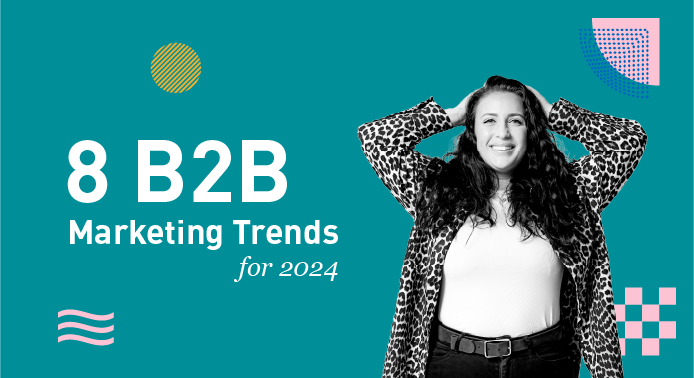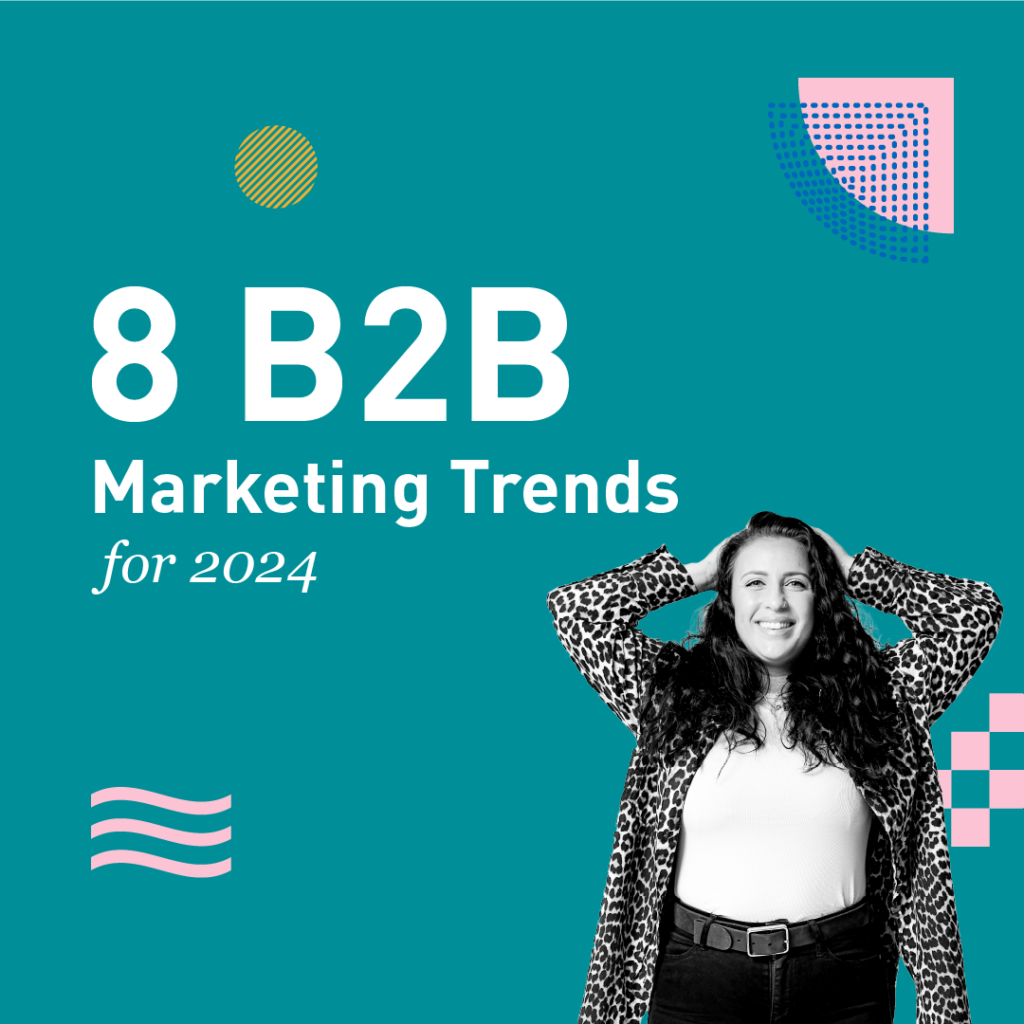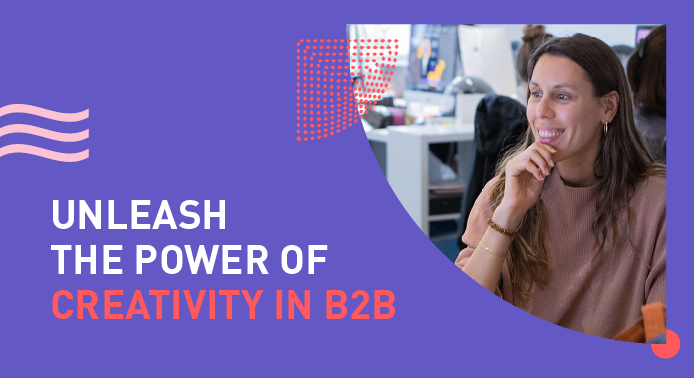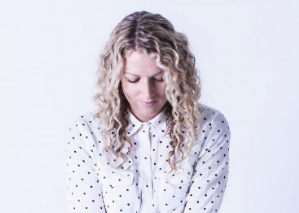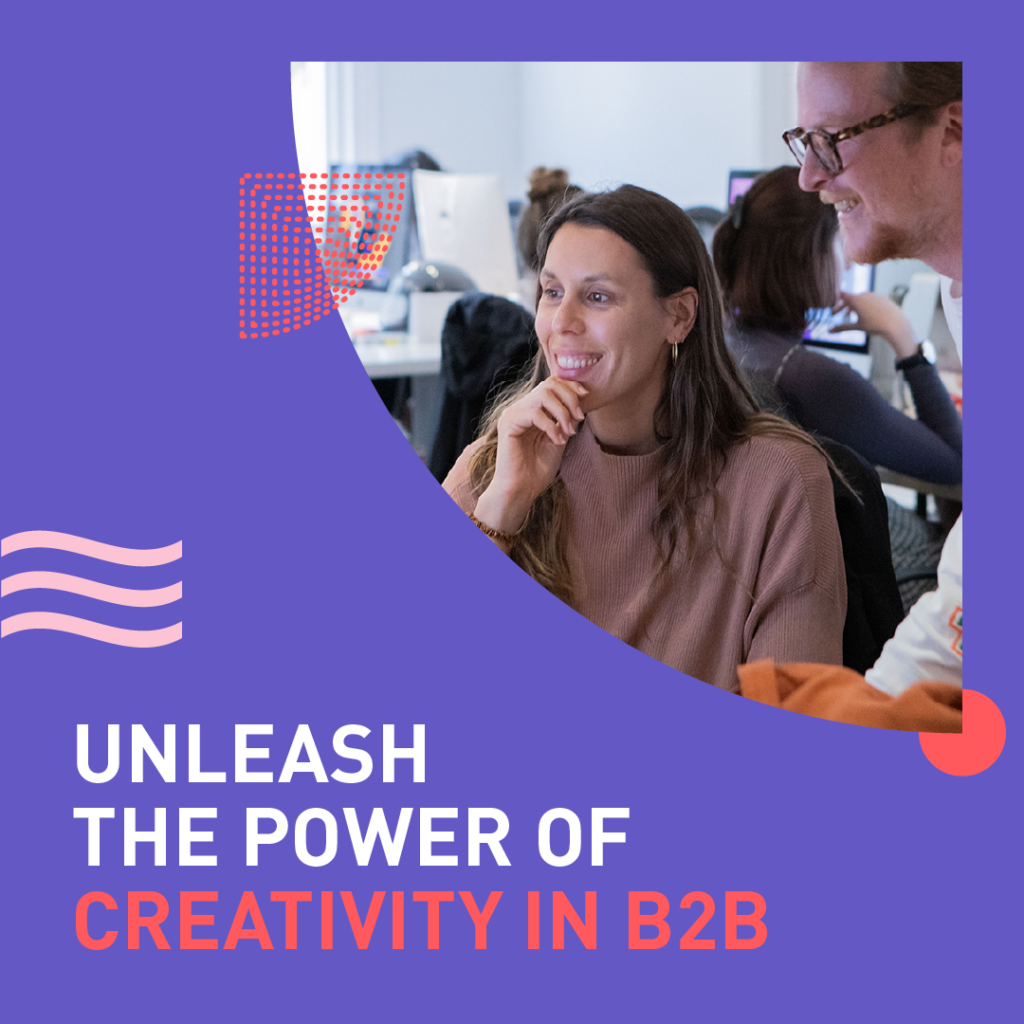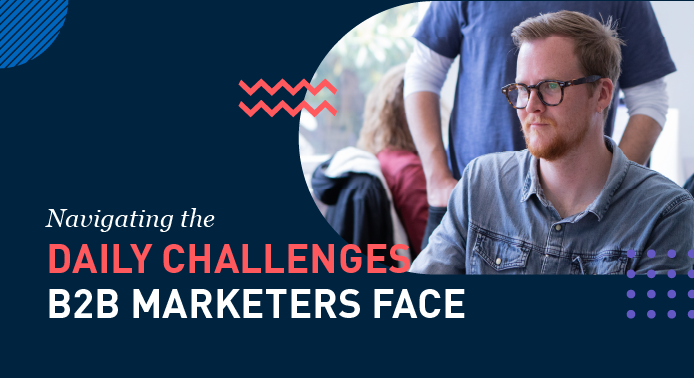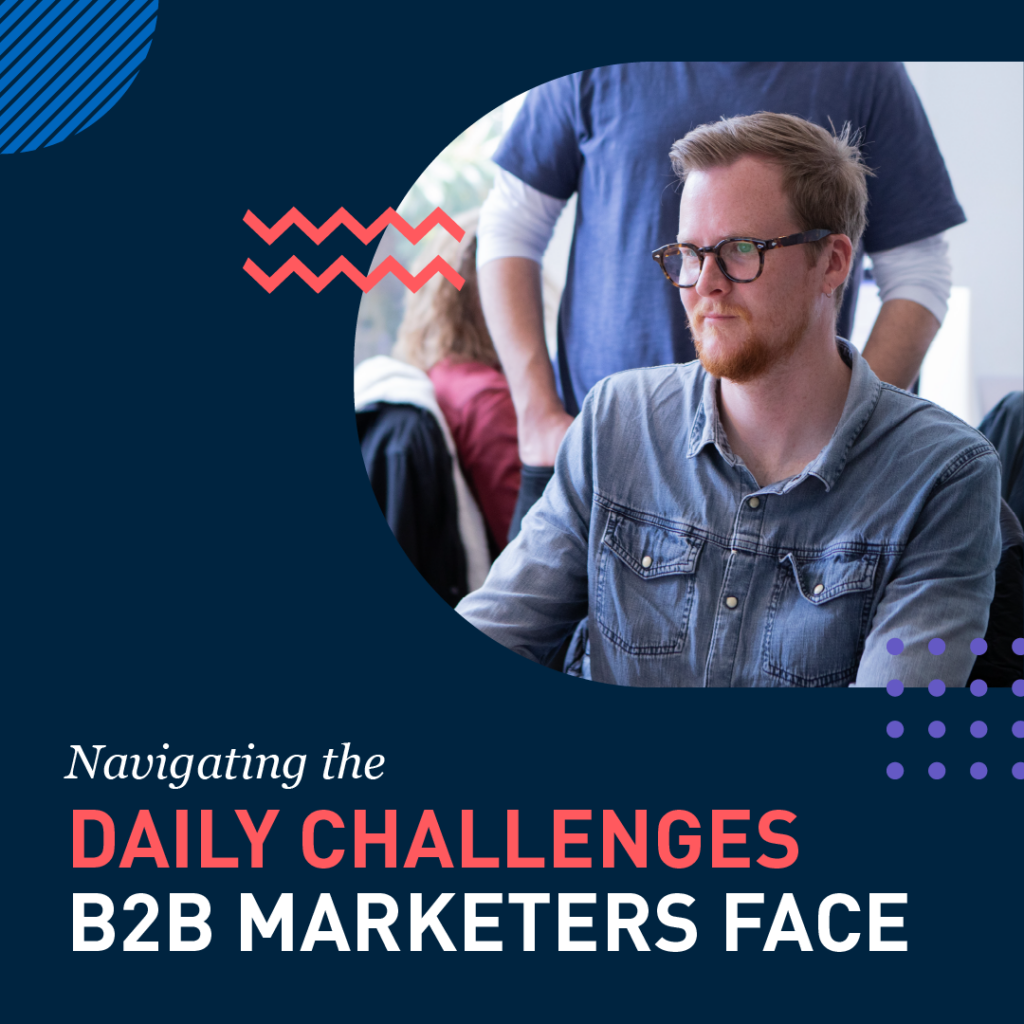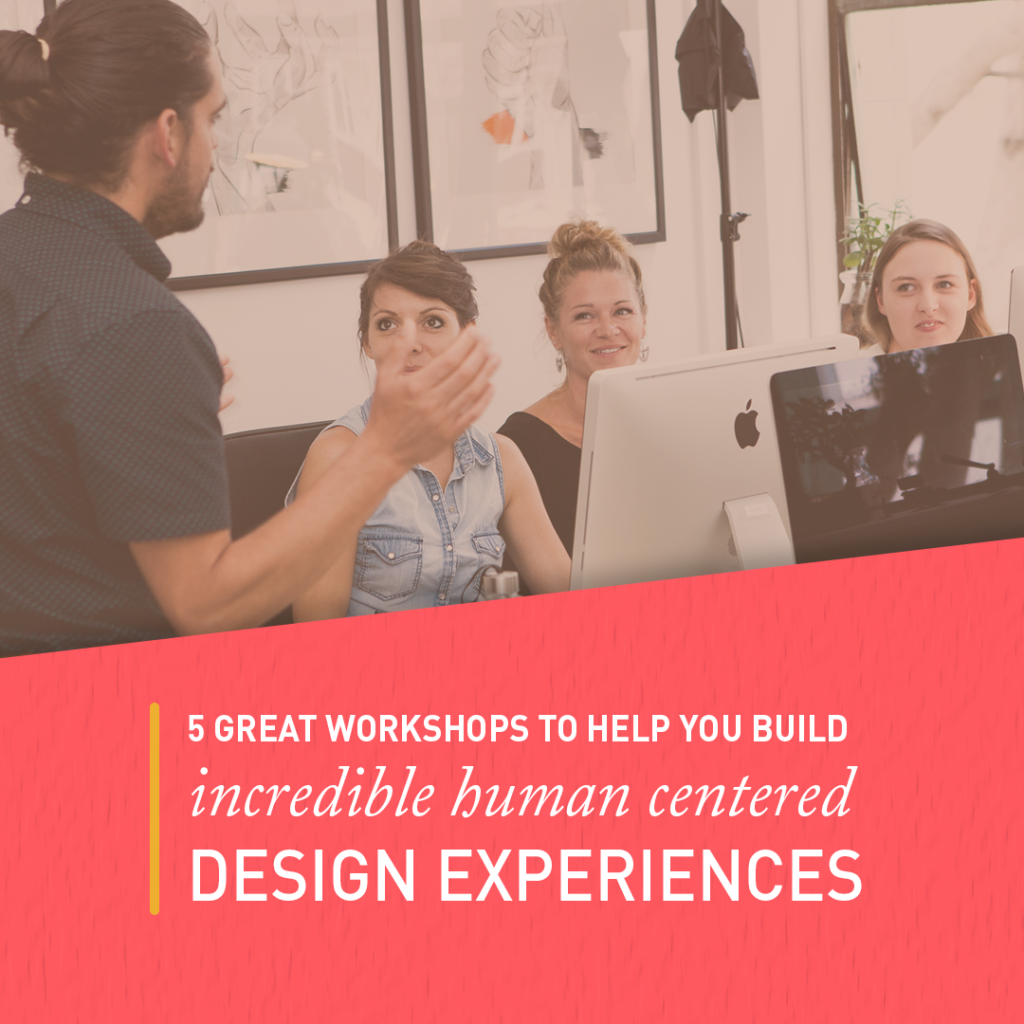
One of the biggest challenges faced by our clients is knowing where to start when building an human-centred experience for their customers. Whether it’s a digital product, a service or an omnichannel experience, every client wants to create something memorable that will set them apart from their competitors.
There’s an old African proverb that says “If you want to go fast, go alone. If you want to go far, go together.” It makes sense right? For those straightforward tasks that you’ve done a million times, it’s easier and more efficient just to jump straight into solution or doing mode. But when the solution or even the problem itself isn’t clear…collaboration is key to getting an outstanding result.
But how do you make collaboration productive and focused? With structured workshops. Tried and tested formats that work. A session for people to get together, exchange ideas, identify blockers, problems and solutions. An opportunity for inspiration to flow, for possibilities to arise and a chance for people to come together to think about real solutions.
Another not-so-sexy reason why workshops are great is the political side of things. A collaborative workshop enables companies to remove silos between teams, get them engaged and constitute a single voice that will enable everyone to commit to the future vision of an idea. So, when running a workshop it’s important to make sure you have the main stakeholders around so that you can finish your session feeling comfortable that the next steps are clear to all.
So where or how do you start? Below we have described 5 workshops that we like to use when getting started to validate the viability and desirability of an idea. We know they are not the only ones, but this will help you get started.
1. Workshops to help you understand problems and identify opportunities
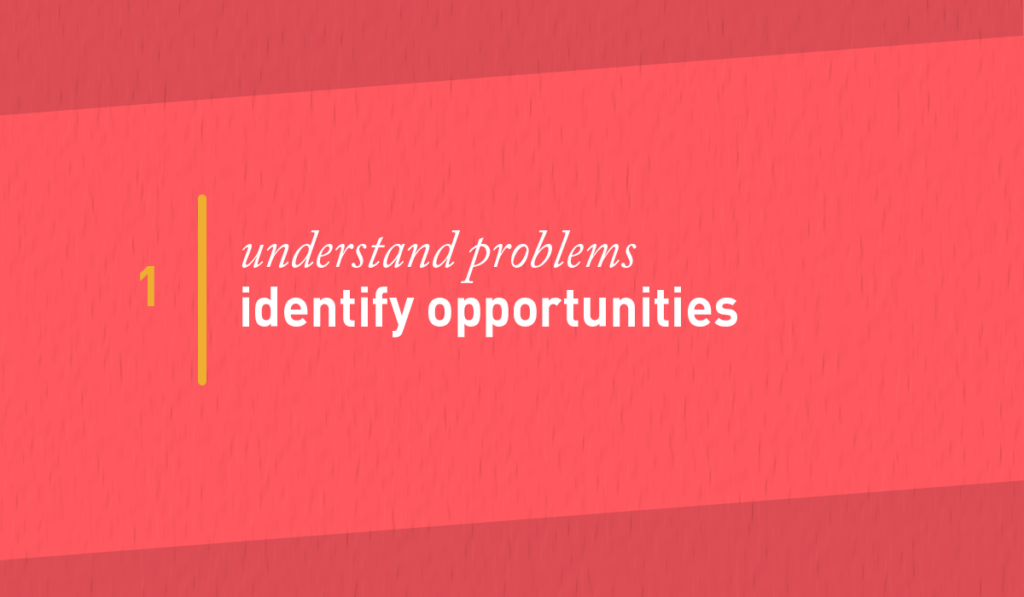
These exercises can be used when you and your team are dealing with a complex or perhaps ambiguous problem with multiple possible solutions and you want to get a deep understanding of the people involved.
A great tool that can help keep information organised is the “Problem Sizing Canvas” from the board of innovation. This canvas will help you determine if the problem is big enough for your user and see if it’s worth solving that problem or if the team should focus on a different one.
If you are not a big fan of canvases then another approach is to sit with your team and start by asking:
How can we [what = action to take] so that [why = outcome]?
Grab some post-its and stick your answers in a wall so everyone can see. If you’re working remotely you can still collaborate, we always use muralapp or Miro.
Remember it’s not all about you, it’s about your customer. So if your problem statement starts as business-related, rather than customer-focused, use the ‘5 whys’ to reframe it to the customer. Tackling your problem from their perspective will always generate more insightful solutions.
How does it work?
- List, with your team, the problems you want to explore.
- Group and name the problems.
- Identify and articulate:
- The one problem you want to solve
- Why you want to solve it,
- What you want to achieve.
(here it can be a good idea to use “Problem Sizing canvas”)
- Explore and note down the constraints and context of the problem. You can do this with post notes or draw on a whiteboard.
- Distil all of your findings down into a focusing question.
- Make the question broad enough to allow for exploration – but not so narrow it only suggests a couple of solutions.
- Expect debate on whether this sets the right frame. Keep iterating until you feel it’s right.
- If your design challenge question can prompt you to think of five solutions in a few minutes, you’re on the right track.
Here are some examples of what a design challenge question should look like:
- How can we [create a friendlier onboarding experience for our new users] so that [they keep using our services and become long term advocates?]
2. An Empathy Map Workshop to help you get to know your users
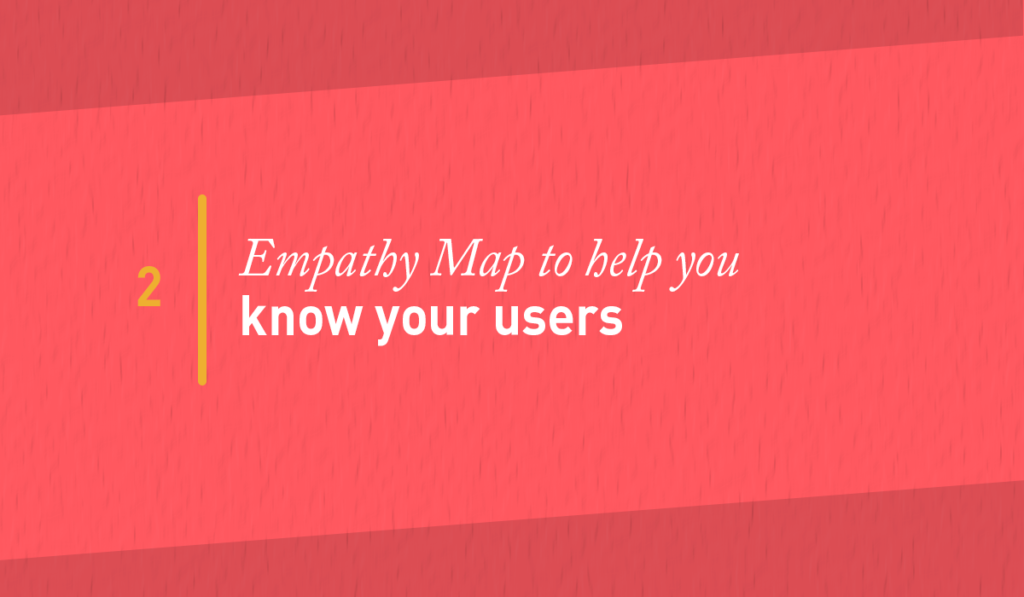
Do you know who your users are? A good starting point is to investigate and analyze current user behaviour. Perhaps your organization has done some user research or run some 1:1 interviews that you can use as a base. The whole idea is to truly get into your users shoes and understand what they are doing, thinking, saying and feeling. After all, when creating new experiences you are doing this for them not you.
For this exercise to be successful you need to have user research done prior to developing your Empathy map. You can’t just make assumptions.
An empathy map is a great way to distil and gather the information required to create customer personas. It works by synthesising the information gathered during interviews and UX research and analysing the data to identify patterns of behaviour and generate insights.
TIP: It’s all about empathy. So it’s preferable to give your personas a name or even a verbatim quote that represents that person. For example: “I just want to get the best deal.”
We are currently using the “Updated Empathy Map Canvas” by Dave Gray
How do you run the workshop?
- Draw the empathy map canvas up on a whiteboard, muralapp, Miro or your preferred collaboration space.
- In your group, take it in turns to be a narrator — share the observations you’ve made (from the research) and interviews you’ve completed, keep it dynamic.
- As the narrator speaks, the listeners write 1 key point per Post-it note and put the note on the empathy map in the relevant quadrant.
- Highlight contradictions as you work (the seed of insights) and write potential insights on the side of your empathy map.
If you’re interested in knowing why the canvas was updated check Dave’s article here
3. Walk a mile in your customer’s shoes with a user journey mapping workshop
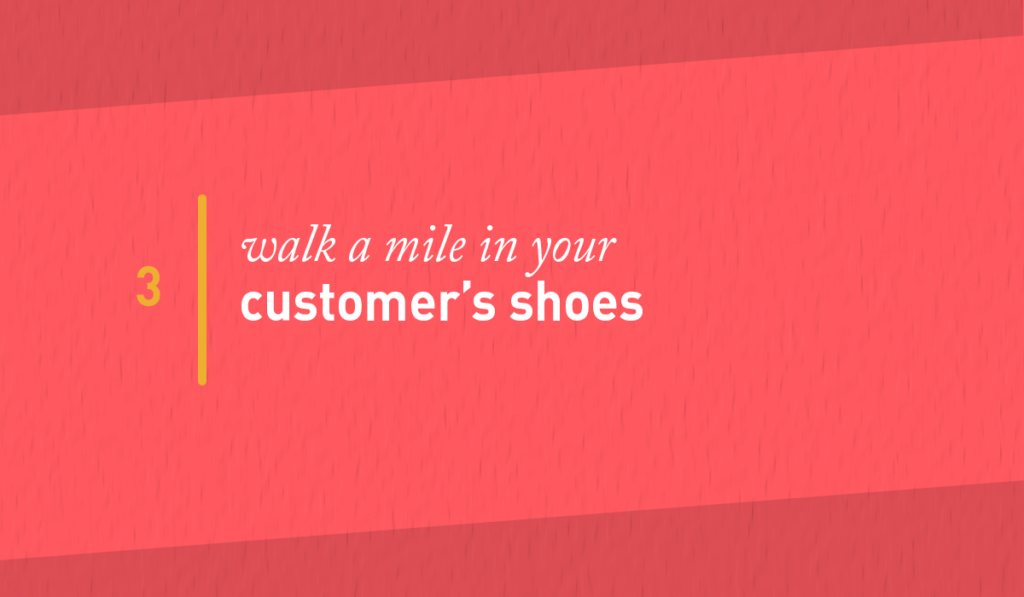
Once you know your user, the next step is to map their journey. A journey map is a visual representation of a persona’s experience over time with a product, service or organisation — capturing what that person is thinking, feeling and doing throughout.
You can map any journey or experience, as long as there’s a defined start and finish point. This tool can be used for your own empathy work or to communicate your findings to others.
Why are Journey Maps important?
New products and services fail because we misjudge what people want or fail to understand the experience from their point of view.
Creating a journey map is an excellent way to systematically think about the steps of their experience, and identify how to meet (and exceed) expectations at each stage or touchpoint. Doing this effectively provides the chance to significantly improve the
customer experience.
How to run a journey mapping workshop:
- Select one of your personas (the person you are problem solving for)
- Write the scenario you are creating a journey for. For example:
Sarah (your persona) is going to buy a ticket to the opera using a link to the site her friend Susy sent her via text message - Identify the first action the person needs to take to achieve their goal. Eg. Sarah clicks on the link
- Capture details in sequential order — an action or thought that initially seems meaningless (or different from what you expect) may transform into a significant insight.
- Register the person’s emotional state at each step. Eg. When she clicks the link there is a level of uncertainty.
- Reflect. The map you’ve created reflects sequence, responsible party and emotional variability. Look at the entire map. What patterns do you notice? Which steps have the most opportunity for improvement?
- Imagine your customer’s perfect world. If everything went according to their plan, how would this journey change? – this is known as the sunny scenario
- Capture your findings.
4. Generate solutions with a “How might we” brainstorming & ideation workshop
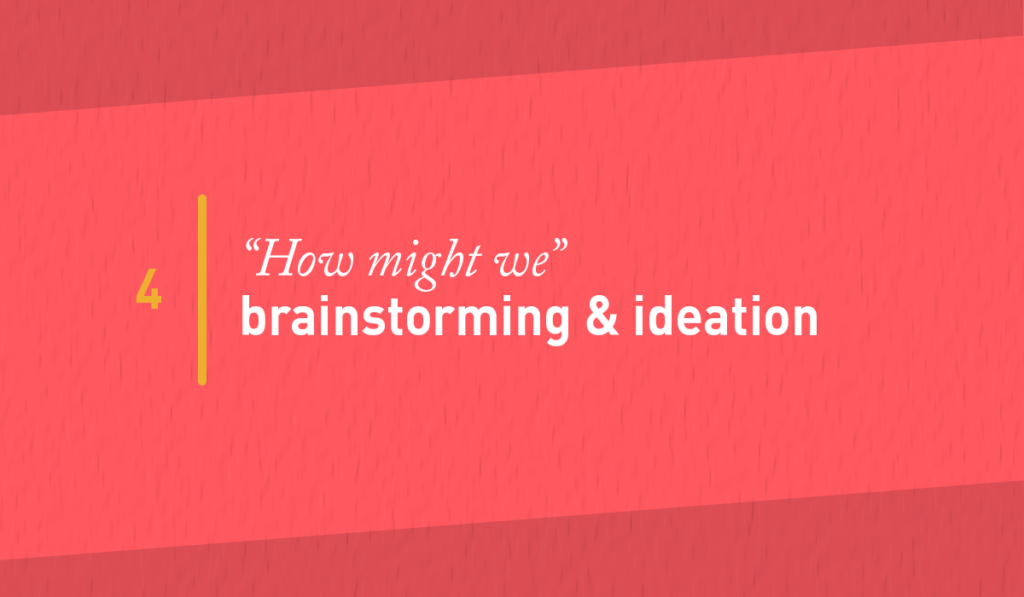
Here is a focused, creative and high-energy way to tap into the collective problem solving skills of a diverse mix of people (including the design team, who you’re designing for and anyone else associated with your project).
The golden rule of brainstorming is that ‘No idea is considered bad’. Make this very clear to your participants, they will be liberated. The best sessions happen when quantity is the goal; everyone remains positive and freely builds on others’ ideas.
How do you run a “how might we” brainstorming workshop?
- Use an enclosed area with sufficient wall space where people can also move freely.
- Start with a specific problem. A great idea is to put your problem as a statement around “How May we…”
- Hand out pens and Post-it notes.
- Ask everyone to individually and silently write their solution ideas on Post-its, then share their ideas and stick their Post-its on the wall.
- Encourage wild ideas but stay on topic; aim for quantity.
- Remember: one voice at a time.
- Once the ideas are up on the wall, spend some time looking for possible groupings of similar ideas.
- Get the team to vote on the top 3 ideas that they like the most. In some cases if you have a stakeholder that has more responsibility over the product or service, they can vote twice.
- Collect your amazing ideas.
If the team is super excited and you have more time, you could even get into creating some concepts on the selected idea. This is a great way to move from the research phase into the solutions.
5. Workshops for when you have a bunch of ideas and your need to choose the right solution
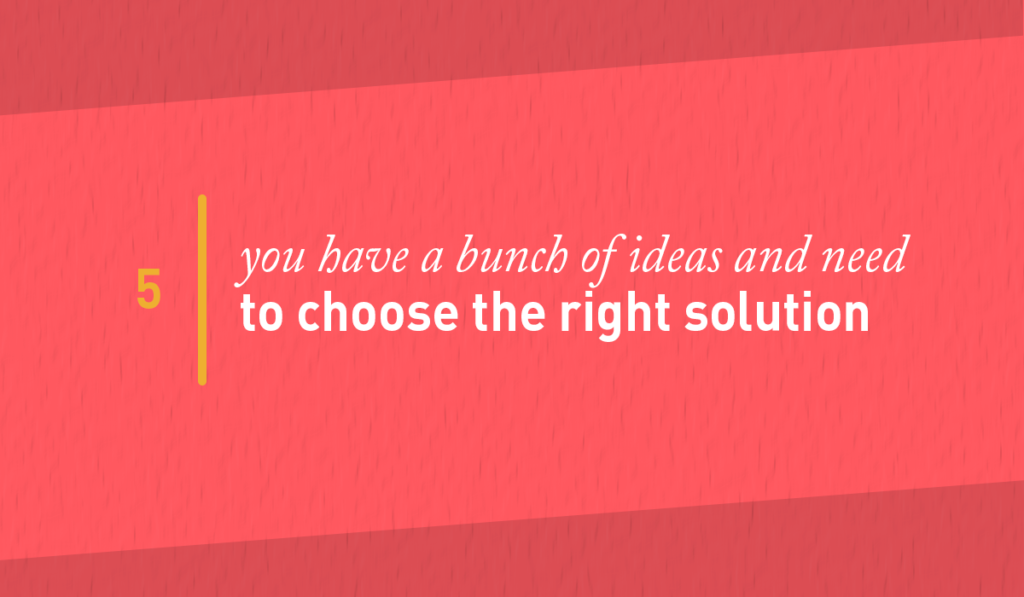
After having a great ideation session that blew everyone’s mind, it’s time to analyze and segment all of the solutions into a prioritized matrix. There are several ways to do this.
One that we like to use is from the Board of Innovation team called the How-Now-Wow Matrix which helps to categorize the solutions according to the ease of implementation and level of newness. Neat.
With this matrix, you’ll be able to narrow down your ideas, categorize them, and select the WOW ones. Those ideas that are both innovative and easy-to-implement.
Think Desirability (Do people like this?), Feasibility (Can we build it?), Viability (Helping the business)
Final thoughts
We hope you found these ideas helpful and that you might even try some of your own workshops. This is really just scratching the surface of the endless options that the amazing world of design thinking and human centered design brings to all of us who want to do the very best we can to create amazing solutions that are delicious to interact with.
As you can tell, we lovvvvvve human centered design workshops and design thinking, so if you need a hand with one of these workshops, hit us up!

